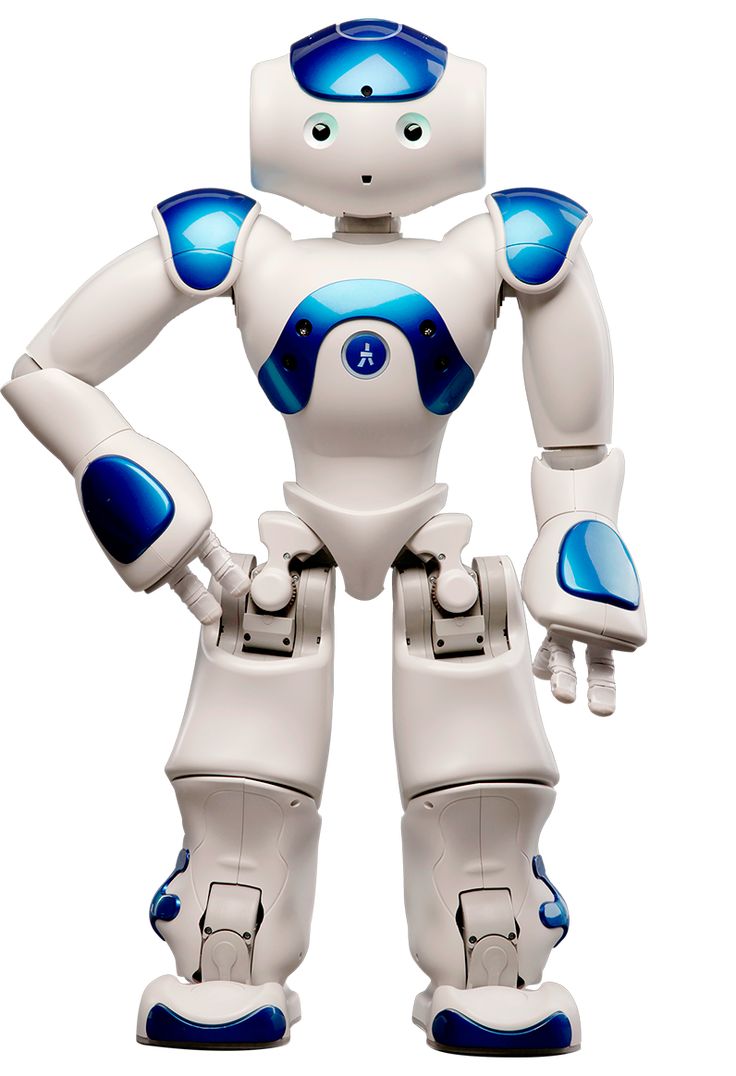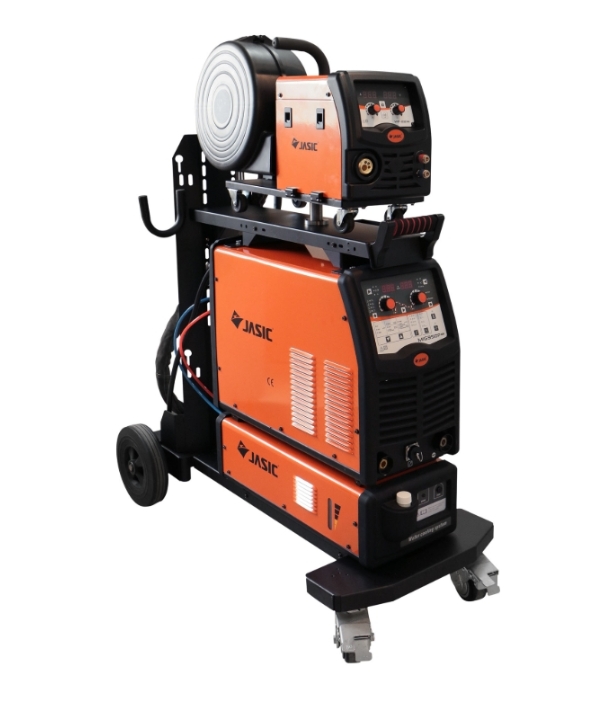Unlocking new possibilities in mobility, the AmphiSAW amphibious robot combines simplicity with speed to navigate both land and water with ease. Developed at Israel's Ben-Gurion University in the Negev, this groundbreaking technology draws inspiration from nature's most efficient movers, such as salamanders, snakes, and millipedes.
The AmphiSAW's design features a 3D-printed body comprising a head module at the front, a vertically wavy tail in the middle, and two floats with an electronically controlled steering wheel at the rear. Within the head module reside three motors, a battery, a microcontroller, a GPS unit, and a radio receiver, enabling seamless control and navigation.
Central to its propulsion system is the unique tail design—a horizontal spiral passing through 14 connected hollow lobed links. Rotated by one of the motors, the spiral induces sequential movements in the links, generating a continuous series of sine waves along the tail's length. This distinctive locomotion enables the AmphiSAW to crawl on land at a speed of 1.5 body lengths per second and swim on the water's surface at 0.74 body lengths per second.
For enhanced terrestrial mobility, the robot's head can accommodate two rotating wheels, independently driven by additional motors. This configuration doubles the land speed to 4 body lengths per second, enabling better obstacle traversal. However, increased resistance and energy consumption in water limit the wheel's utility for aquatic navigation.
Equipped for real-time control or autonomous GPS-guided operation, the AmphiSAW offers a cost-effective transportation solution, boasting the lowest cost of transportation among all amphibious robots. Its versatility makes it ideal for applications such as search and rescue missions, marine research endeavors, and aquaculture operations.
As technology continues to evolve, the AmphiSAW stands at the forefront of innovation, demonstrating the potential to revolutionize mobility across diverse environments. Experience the future of robotics with the AmphiSAW—an embodiment of efficiency, simplicity, and adaptability.














